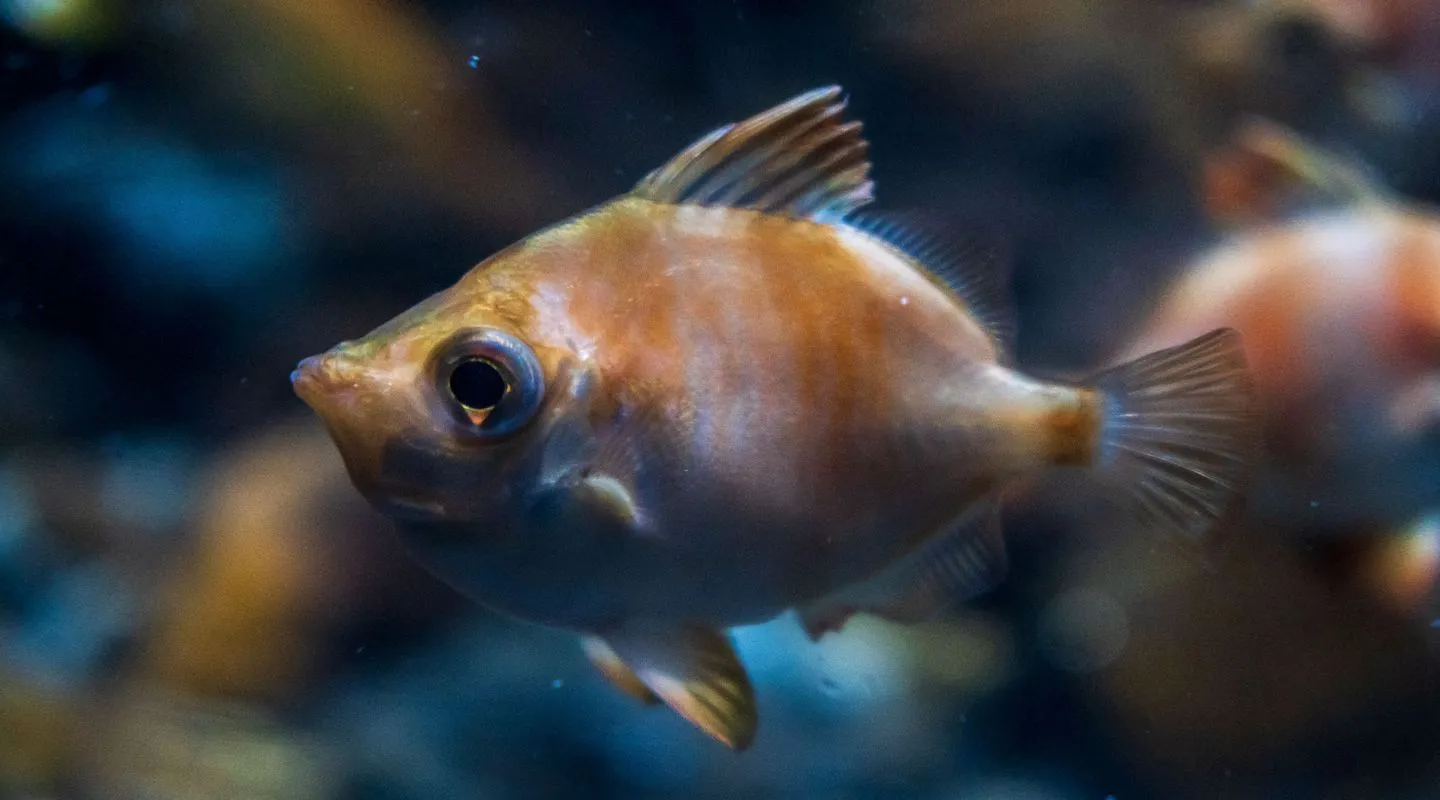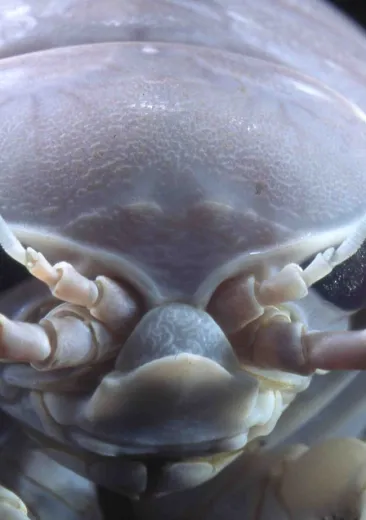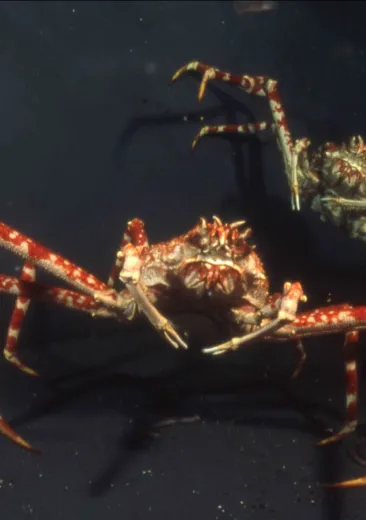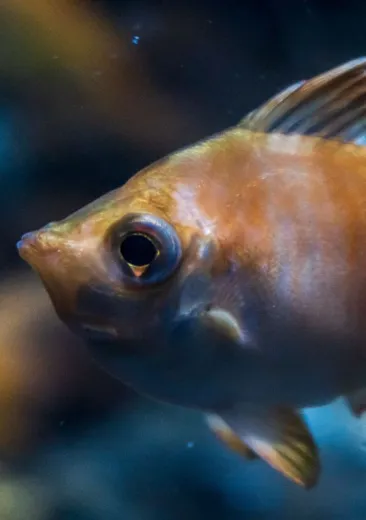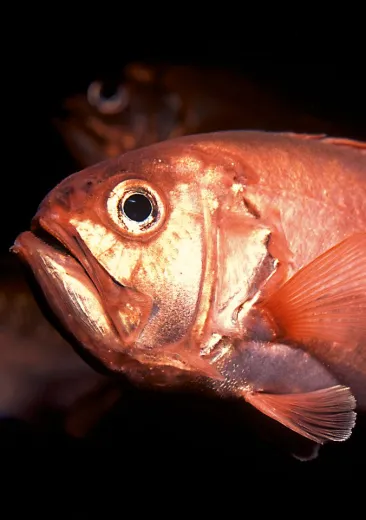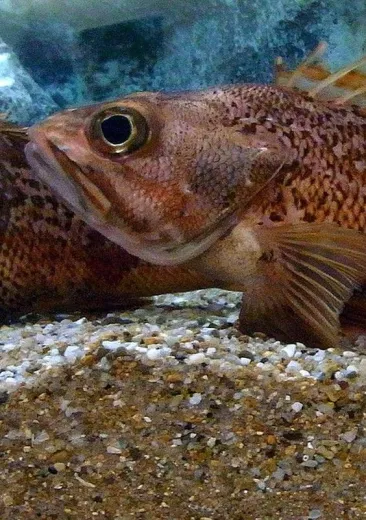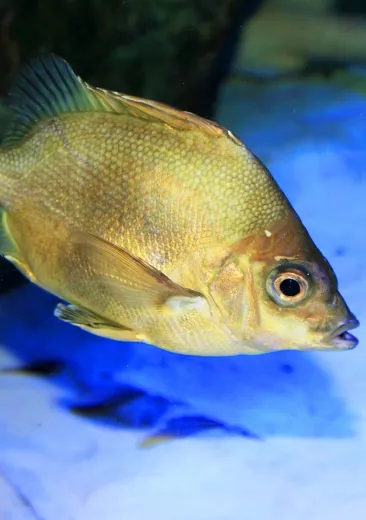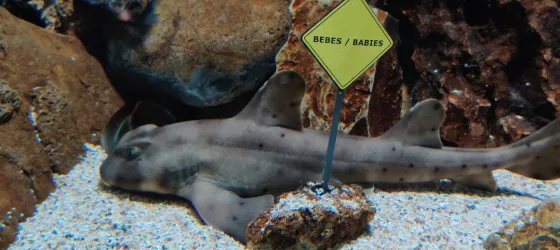Juveniles feed on plankton and remain in open waters. When they reach 4 cm in size, they resemble adult fish and move closer to the substrate.
The Longspine Snipefish Macroramphosus scolopax is found in the same biotopes as the boarfish.

Identity card
Boarfish
- Scientific name:
- Capros aper
- Family:
- Caproidae
- Class:
- Actinopterygii
- Phylum:
- Chordata
- Year of description:
- Linnaeus, 1758
- IUCN Status:
- Least Concern
- CITES-status:
Not evaluated
- Distribution:
-
Eastern Atlantic Ocean, from Norway to Senegal and in the Mediterranean, mainly the western part.
- Habitat:
-
Between depths of 40 and 700 m
- Size:
13 cm on average and up to 30 cm
- Diet:
-
Crustaceans (copepods, shrimps, etc.), worms, molluscs
